Press TV Person of the Year 2024: Axis of Resistance
By Maryam Qarehgozlou
As the curtain falls on 2024, it will be etched in the annals of history as a year of cataclysmic events, seismic global shifts, and the phenomenal rise of the 'Axis of Resistance'.
The relentless military operations by the Axis of Resistance against the Israeli occupation and its Western backers, which captured global attention, have been the highlight of this year.
The unflinching support of people in the region and beyond for the Axis of Resistance has also contributed to its growth and popularity, making people an integral part of this axis.
What sets 2024 apart from preceding years, however, have been the unparalleled scale and intensity of resistance operations, stretching from Gaza to Lebanon to Yemen, and Iraq.
These nearly-daily operations, which continue to gain momentum, have managed to send a powerful message to the Tel Aviv regime and its Western allies, underscoring a new phase in the struggle for the liberation of occupied Palestinian territories.
It all started 452 days ago with Hamas’s pathbreaking Operation al-Aqsa Flood (Storm), launched on October 7, 2023. The surprise attack shattered Israel’s illusion of military invulnerability, exposing the cracks in its heavily fortified military systems.
The unprecedented operation was a direct response to decades of Zionist aggression, apartheid policies, and attempts to Judaize the Al-Aqsa Mosque in occupied Jerusalem al-Quds.
Al-Aqsa Flood marked a watershed moment, igniting near-daily operations by the Axis of Resistance and redefining the balance of power in the region.
As 2024 ends, the reverberations of these events continue to shape the geopolitical landscape, signaling a transformative era in the struggle against occupation and settler-colonialism.
Al-Aqsa Flood in 2024
Amid an extraordinary operation, Hamas resistance fighters successfully captured at least 240 Israeli soldiers and settlers, shaking the regime in Tel Aviv and unsettling its Western allies.
This bold move played a key role in negotiations for the release of Palestinian prisoners. Nearly 10,000 Palestinians remain confined in Israeli prisons, held on bogus charges and languishing behind bars under harsh and inhumane conditions.
In November last year, Israel released 240 Palestinian prisoners, including 107 minors aged 14 to 17, through a high-stakes swap deal. Remarkably, three-quarters of these detainees had not been convicted of any crime. In return, Hamas released 105 Israeli captives.
Most of the Israeli captives are still held in Gaza, though some have fallen victim to Israeli airstrikes over the past 14 months. The issue has become a significant challenge for the Netanyahu regime.
Throughout the year, settlers in the occupied territories have intensified their protests against the embattled regime, accusing it of failing to secure the captives' release. This crisis has also deepened political divisions within the political circles of Tel Aviv.
The aftermath of Operation al-Aqsa Flood and the Israeli genocidal war crimes that aggravated throughout 2024 also effectively put the US-brokered normalization farce on the back burner.
According to political analysts, Arab states that were previously inclined to make their secret relationship with the Israeli regime official were forced to shelve the plans to avoid ruffling feathers.
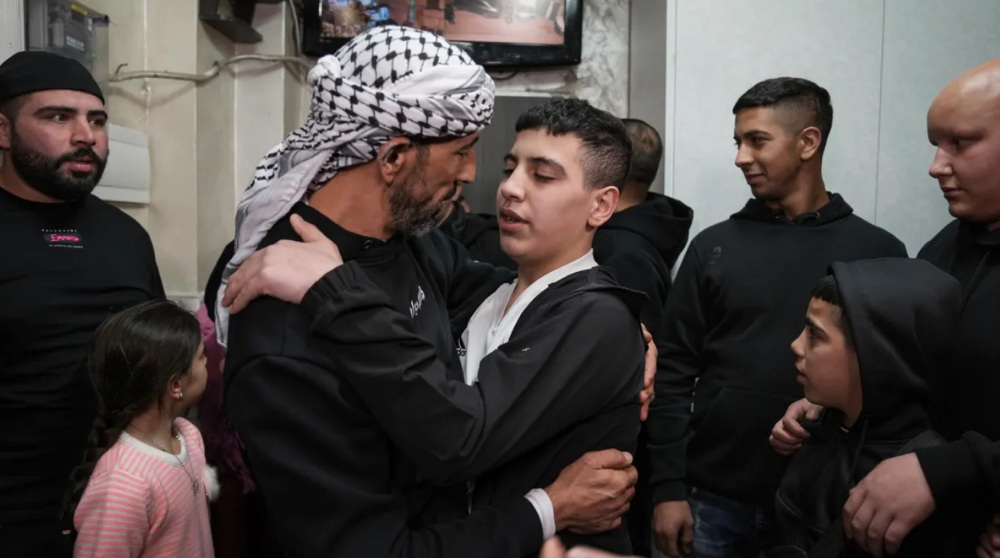
Failure on every front for Israel
Over the past 15 months of its genocidal war, the Israeli regime has utterly failed to achieve its stated objectives in Gaza, including the release of captives and the so-called “dismantling of Hamas,” despite indiscriminately killing nearly 45,600 Palestinians, the majority of whom were women and children.
Under the pretext of “destroying Hamas,” the regime orchestrated the mass displacement of 2.3 million people and decimated Gaza’s critical infrastructure. It drove the territory to the edge of a disastrous famine, exacerbated by a weaponized blockade that choked off essential food and aid supplies.
Yet, the indomitable spirit of Gaza’s people endured this year. Refusing to abandon their land or belongings, they have faced unimaginable adversity with steadfast resolve, choosing to break but never bend.
Meanwhile, during this time, political fractures within Israeli leadership have widened, most notably marked by Prime Minister Benjamin Netanyahu’s dismissal of military affairs minister Yoav Gallant.
Netanyahu's war cabinet has been deeply divided, with some ministers openly criticizing his failure to secure the release of Israeli captives, while others condemning him for seeking a truce, accusing him of capitulating to the resistance front. The embattled prime minister remains in dire political straits.
The regime’s disastrous handling of the ongoing genocidal war has also sown discord within Israeli settler society. Weekly anti-regime protests, drawing tens of thousands across the occupied territories, continue to call for Netanyahu’s removal from office.
Thousands of Israeli settlers have fled the occupied territories this year, returning to their original homes in Western countries. As reported by The Independent on December 20, many acknowledged feeling unsafe after over a year of war with Hamas in Gaza and Hezbollah in Lebanon.
This sentiment was echoed by Israel’s Central Bureau of Statistics, which reported in September that 40,600 settlers had permanently departed during the first seven months of 2024—a staggering 59 percent increase compared to the same period the previous year.
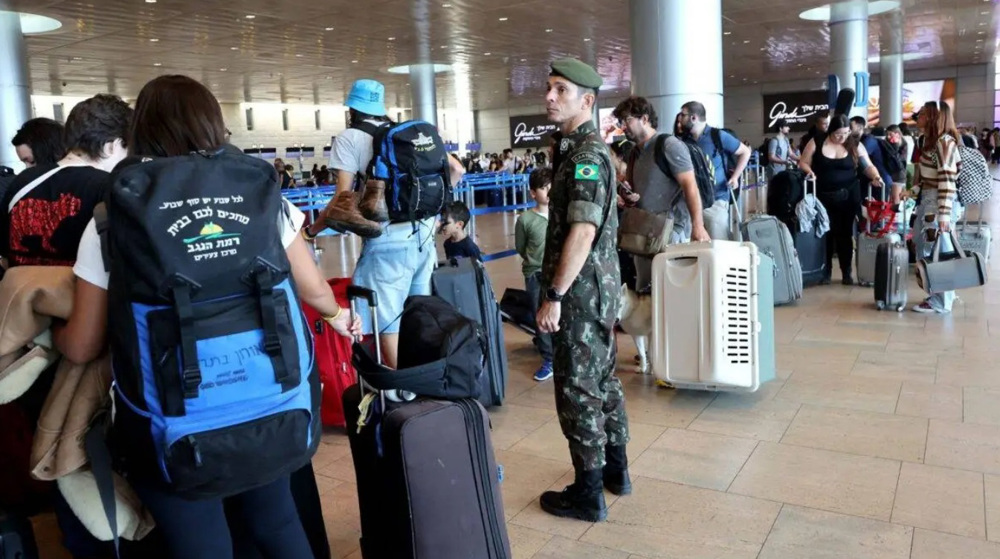
Moreover, despite Western media's censorship and restrictions on Israeli genocidal crimes in Gaza, the child-murdering regime's actions, broadcasted on various social media platforms, have brought the Palestinian cause to the forefront of the international community’s attention.
Social media has been replete with graphic videos and photos of Israeli war crimes in the Gaza Strip and Lebanon this year. documented by Palestinian citizen journalists and activists themselves. And despite attempts by Israeli lobbies to censor such content, the truth has prevailed.
Although Western governments remain complicit and continue to reject calls for classifying Israel’s deadly onslaught against Palestinians in Gaza as genocide, mounting evidence has placed them in an increasingly uncomfortable position.
This opposition is evident in the International Court of Justice’s (ICJ) ruling against Israel in a case presented by South Africa, ordering Israel to stop and prevent the genocide in Gaza.
Additionally, the International Criminal Court (ICC) issued arrest warrants for Netanyahu and Gallant on war crime charges, meaning they could face arrest in any of the 124 countries that are signatories to the Rome Statute, as these nations are legally obligated to apprehend war criminals.
The ongoing genocidal war on Gaza, which has killed nearly 45,600 Palestinians in 452 days, has also caused irreparable harm to the regime in terms of its international alliances.
Several governments this year recalled their ambassadors or severed diplomatic ties with Israel, including Bahrain, Chad, Chile, Honduras, Jordan, South Africa, and Turkey. Even some of these countries with covert ties with Tel Aviv were forced to publicly denounce the regime.
Latin American and Caribbean countries have been among the countries at the forefront of global efforts to stop the genocide in Gaza and defend the human rights of Palestinians.
In May, Colombia, one of Israel’s most vocal critics in the Latin America region, followed Nicaragua, Belize, and Bolivia in severing diplomatic relations with the Israeli regime.
Colombia also halted weapons purchases from and coal exports to the occupied territories, which previously accounted for more than 50 percent of Israel’s annual coal supply.
Meanwhile, pro-Palestinian sentiment continued to surge across the globe this year, including in European countries and the United States, as evidenced by massive pro-Palestine rallies.
The biggest demonstrations were held on university campuses across the United States, with US law enforcement agencies using brutal force to disperse the pro-Gaza solidarity encampments.
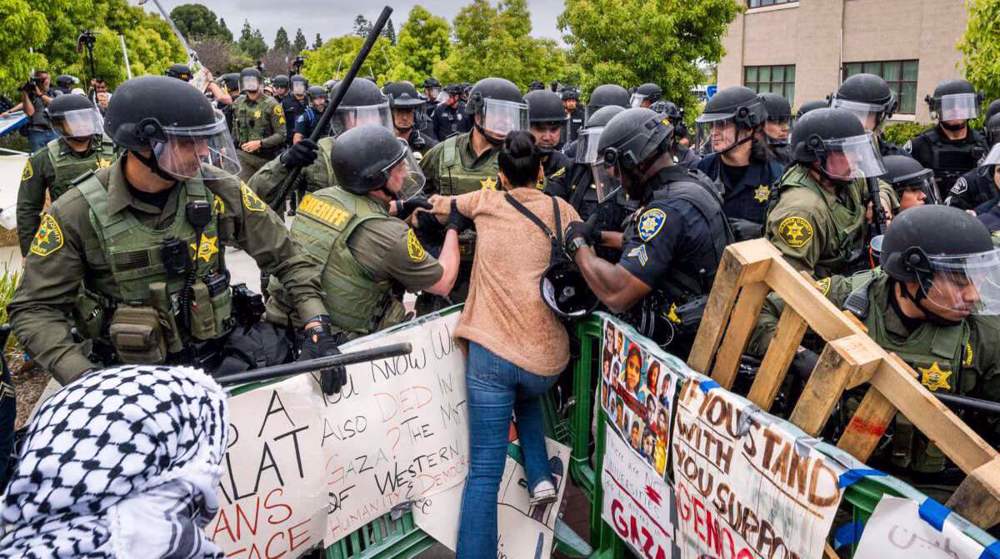
Boycott, Divestment, and Sanctions (BDS), a Palestinian-led movement promoting boycotts, divestments, and economic sanctions against Israel, with branches in 40 countries, continued its campaign against the regime this year and achieved tremendous success.
This year saw several apps hitting the market and encouraging consumers to boycott businesses that support the Israeli regime and its genocidal actions in Gaza. Apps like Boycat allow users to scan a product’s barcode to reveal any connections to Israel and suggest alternative products they can buy.
Growing support for resistance
As witnessed in 2024, Israel failed to make any progress in its stated goal of eradicating Hamas or other Palestinian resistance groups. Rather, these movements only grew in strength and capabilities, evidenced by powerful military operations in Gaza and beyond.
Former Israeli Major General Itzhak Brik in February criticized the “total chaos” among the ranks of Israeli soldiers in Gaza. He has long warned that the destruction of Hamas "is not feasible" and that Netanyahu’s statements regarding this matter "are only intended to deceive others.”
The US Senate Intelligence Committee Chairman Mark Warner also admitted that “the idea that you’re going to eliminate every Hamas fighter, I don’t think is a realistic goal.”
Hamas represents more than just a military force; it embodies an ideology deeply rooted in the Palestinian struggle for national liberation, experts insist as the Gaza-based movement and its armed wing continue to inflict deadly blows on the Israeli occupation.
Despite Israel’s targeted assassinations of top Hamas leaders, including Ismail Haniyeh in Tehran, Yahya Sinwar in southern Gaza and Saleh al-Arouri in Beorut, and several other senior leaders, the Gaza-based movement remains unwavering in its commitment to fighting the occupation.
Martyr Sinwar, in his poetic and powerful last will, called for the continuation of resistance against the Israeli occupation and urged Palestinians to carry the dream of Palestine in their hearts, as he and other resistance fighters had done throughout their lives.
“My will is for you to remain steadfast, clinging to your dignity and to the dream that never dies. The enemy wants us to abandon resistance, to turn our cause into endless negotiations, but I say to you, do not negotiate over what is rightfully yours,” said Sinwar in his last will.
“Be a thorn in their throat, a flood that knows no retreat, and do not rest until the world acknowledges that we are the rightful owners and that we are not just numbers in the news."
The military operations by the Palestinian armed resistance groups in Gaza and occupied West Bank - Al-Qassam Brigades, Al-Aqsa Martyrs Brigades, Al-Quds Brigades, Al-Mujahideen Brigades etc have only increased this year, inflicting blows on the occupation.
In a complex operation on Monday, Al-Qassam fighters stormed a newly established Israeli military post in Jabalia camp, northern Gaza Strip, and eliminated five soldiers at point-blank range, destroyed a Merkava tank, and targeted a military jeep with several soldiers inside with hand grenades.
On the same day, Al-Quds Brigades fighters launched missiles at the occupied cities of Jerusalem al-Quds, Tel Aviv, Sderot and the settlements of the Gaza Envelope.
So, contrary to the claims made by the Tel Aviv regime and its propaganda mills, these resistance movements are very much active and steadfast and carrying out daily operations in Gaza and beyond.
The martyrdom of top-ranking leaders has infused more energy in Hamas and Islamic Jihad resistance fighters instead of demoralizing them, according to military experts who follow the developments.
Hezbollah’s support for Gaza
The Lebanese resistance movement Hezbollah, a key member of the Axis of Resistance, this year demonstrated exemplary solidarity with the Palestinian resistance and the Palestinian nation.
Hezbollah was the first regional resistance movement to open a “support front” for the Palestinian resistance on October 8, 2023, just a day after the launch of Operation Al-Aqsa Flood.
This year, Hezbollah fighters continued to strengthen this support front with near-daily exchange of fire with occupation forces, which displaced approximately 60,000 Israeli settlers from their illegal settlements in the northern parts of the occupied territories.
According to various reports, Hezbollah’s operations also resulted in significant damage to agricultural lands, farmlands, and forests occupied by these settlers across the occupied territories.
This year also saw many Hezbollah leaders and commanders offering their blood to revive the struggle for the liberation of occupied Palestinian territories and al-Quds. In July, the Israeli regime carried out an airstrike in Beirut, resulting in the assassination of top-ranking Hezbollah commander Fuad Shukr.
On August 25, in a coordinated response coinciding with the 40th day after Ashura - the day marking the martyrdom of Imam Hussain (AS) and his companions 14 centuries ago in Karbala - Hezbollah launched a large-scale retaliatory military operation against the Israeli regime.
The operation was a message to the occupation that its heinous crimes won't go unanswered.
In the first phase of the operation, Hezbollah targeted six Israeli military bases, three barracks, and two artillery positions, striking them with over 320 Katyusha rockets. This initial strike facilitated the deployment of attack drones deep within the occupied territories.
The second phase involved a coordinated drone attack on the Glilot intelligence base, located between Tel Aviv and Herzliya, and the Ein Shemer Airbase, situated between Hadera and Harish.
These attacks demonstrated Hezbollah’s ability to carry out precise, long-range strikes against critical Israeli military infrastructure and rattled the regime, as reported by the regime outlets.
In mid-September, thousands of booby-trapped pagers and walky-talkies planted by the Israeli regime exploded across Lebanon, resulting in dozens of fatalities and injuries to thousands more.
The terrorist crime was condemned widely even though Western media outlets tried to whitewash it in the same way they have whitewashed Israeli genocidal crimes in Gaza over the past 452 days.
Emboldened by the impunity granted to it by the so-called "international community", the apartheid regime went on the rampage in Lebanon, killing at least 3,800, including Hezbollah leader Sayyed Hassan Nasrallah and Hashem Safieddine, another top-ranking leader of the movement.
These assassinations failed to dampen the fighting spirit of Lebanese resistance fighters. They foiled the attempts of the Israeli military to occupy parts of southern Lebanon and ultimately forced the regime to seek a ceasefire deal after nearly 70 days of unbridled aggression.
As a result, the Israeli regime was compelled to agree to a ceasefire with Hezbollah on November 27.
Hezbollah's “Khaybar” operations, which followed the assassination of Sayyed Nasrallah, the charismatic leader of the Lebanese resistance movement and the iconic pillar of the Axis of Resistance, dealt crushing blows to the apartheid regime.
Within the framework of these operations, Hezbollah executed precise strikes on strategic centers and military bases up to 145 kilometers into occupied Palestine, utilizing advanced missiles and drones.
A total of 56 operations were conducted, destroying the Israeli military infrastructure and disrupting daily life for over two million settlers across more than 5,000 square kilometers.
These operations forced settlers to seek shelter in underground bunkers, and caused school closures, business disruptions, and halted air traffic.
Analysts say that these operations forced the embattled Israeli regime to involve the United States and France in seeking a ceasefire with Hezbollah, underscoring the significant strategic impact of Hezbollah’s actions on the regional balance of power.
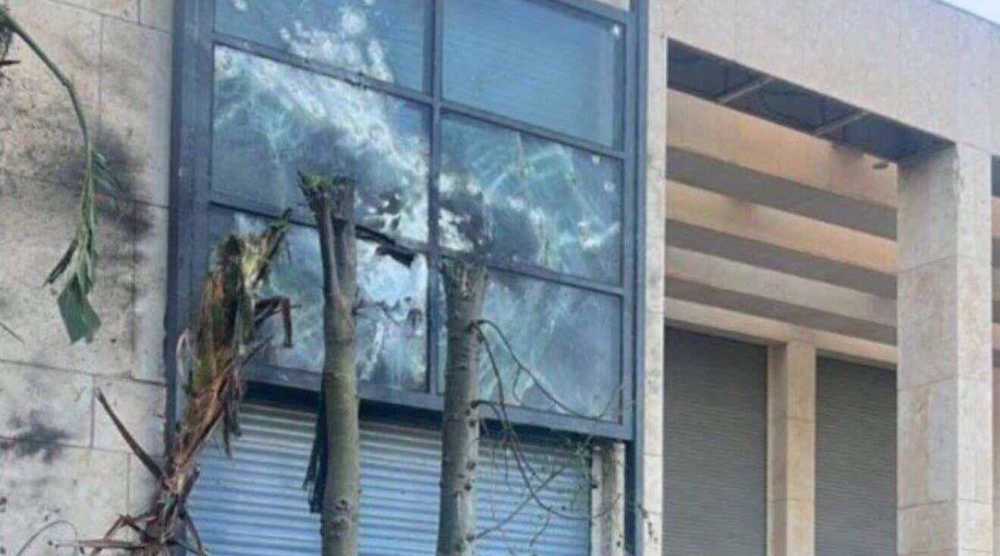
On October 19, Hezbollah launched a drone attack on the holiday residence of Netanyahu in Caesarea, involving “two flares.” It grabbed headlines worldwide and rattled the regime.
On November 18, Hezbollah’s operations room announced that the private residence of Israeli Air Force Commander Major General Tomer Bar in Tel Aviv had been targeted by a “squadron of advanced attack drones.” it came as another big shock to war hawks in Tel Aviv.
However, the Israeli regime censored this news to avoid further embarrassment.
Despite the martyrdom of its leaders and persistent Israeli attacks, Hezbollah reaffirmed that it will not halt its operations against Israel until the regime ceases its genocidal actions in Gaza.
“The road to liberation is long and difficult, but we will never give up,” Sayyed Nasrallah was once quoted as saying. This was proven yet again after his assassination in late September.
Yemeni dagger on Zionist regime
Following the launch of the Israeli genocidal campaign in Gaza last year, Yemen, another key member of the Axis of Resistance, warned the regime against testing its patience.
At the beginning of this year, Yemenis joined the fray with high-intensity and high-precision military operations against vessels linked to the Israeli regime in the Red Sea, Arabian Sea, and Indian Ocean.
They also carried out long-range missile strikes deep inside the occupied Palestinian territories, including Tel Aviv, demonstrating a military prowess not known before.
Yemen’s arsenal includes long-range ballistic missiles, cruise missiles, and drones capable of hitting targets up to 2,000 kilometers away, which has been on full display in recent months and weeks.
The domestically manufactured missiles have repeatedly penetrated Israel’s much-hyped military systems, demonstrating a remarkable advancement in the poorest Arab country's military technology and drawing worldwide attention.
In recent weeks, Yemen has notably intensified its pro-Palestinian strikes on Israeli military targets within the occupied territories, employing advanced hypersonic ballistic missiles.
Brigadier General Yahya Saree, the spokesman for the Yemeni Armed Forces, said on Sunday that the army has carried out at least 13 operations against Israeli targets in the past 10 days alone, in support of Palestinians in war-ravaged Gaza.
Saree added that the majority of the attacks were directed at Tel Aviv, the Israeli regime’s economic hub, in the central part of the occupied territories, using hypersonic ballistic missiles.
Nasruddin Amer, the Yemeni Deputy Minister of Information, said on Tuesday that missiles fired by the country’s army entered the airspace of the occupied territories without being intercepted by Israel.
Yemeni strikes have driven millions of settlers in the occupied territories into shelters nightly, as Israeli authorities appear unable to effectively respond.
The Yemeni missile strikes are keeping settlers in the occupied territories “up at night,” according to a report published in The New York Times on Sunday, It said the Yemenis seem to be “undeterred.”
On Saturday, the Yemeni military released a statement declaring that they had successfully downed another American MQ-9 Reaper drone, utilizing a domestically manufactured surface-to-air missile.
This marked the 13th such drone, valued at approximately $30 million each, to be destroyed by Yemeni forces since the launch of their pro-Palestine campaign.
Israeli sea blockade
Yemen has also actively targeted ships and vessels linked to Israel, the US, or the UK either en route to or departing from Israeli-occupied ports in various regional water bodies, including the Red Sea, Arab Sea, Gulf of Aden, Indian Ocean, and even the Mediterranean Sea.
The blockade of these ships has had a significant negative impact on Israel’s war-battered economy.
In late July, the Port of Eilat, situated in the southern region of the occupied territories, disclosed intentions to lay off half of its workforce due to the repercussions of Yemen’s Red Sea operations.
The Israeli daily Yedioth Ahronoth revealed at the time that the port had sustained financial losses amounting to 50 million shekels ($13.61 million).
Despite being purportedly safeguarded by anti-missile systems, the busy port has remained closed this year with its operations coming to a complete standstill, as per Israeli media reports.

In an attempt to halt these pro-Palestinian operations and in support of the Israeli genocide, the US and UK have conducted indiscriminate aerial attacks on the Arab country.
However, despite months of heavy airstrikes, Yemeni forces have remained undeterred and continue to target Israeli-linked vessels in regional waters. These attacks have also prompted Yemen to retaliate by targeting West’s military assets stationed off its coastline.
Pentagon officials revealed on November 19 that the USS Abraham Lincoln left the Red Sea, ending a three-month deployment for the second time in over a year.
The USS Lincoln’s withdrawal was announced seven days after the Yemeni military launched two major military operations against American warships in the Red Sea.
In May, the commander of the EU military mission in the Red Sea warned that it does not have enough ships to confront the Yemeni Armed Forces’ ongoing maritime operations.
Washington also had to withdraw the USS Eisenhower from the Red Sea in April and Belgium announced postponing the deployment of its Louise-Marie frigate for “an indefinite” period after the ship failed a series of technical tests.
France in the same month withdrew its FREMM Alsace frigate from the area due to the unexpected threat level it faced.
“[Yemeni missiles] can do things that are just amazing,” US Under Secretary of Defense for Acquisition and Sustainment Bill LaPlante said in November, admitting that Yemeni operations “are getting scary.”
”I’m an engineer and a physicist, and I’ve been around missiles my whole career. What I’ve seen of what the [Yemenis] have done in the last six months is something that – I’m just shocked."
The Yemeni Armed Forces have repeatedly reaffirmed that they intend to halt their retaliatory operations if the West-backed Israeli genocidal war on Gaza ends.
This year, we have also witnessed millions of Yemenis taking to the streets in Sanaa, Saada, Hodeidah, Hajjah, and Al-Mahwit, in solidarity with the people of Palestine and Lebanon.
“We firmly stand with Gaza, the glory… without limits and without red lines," they have chanted.
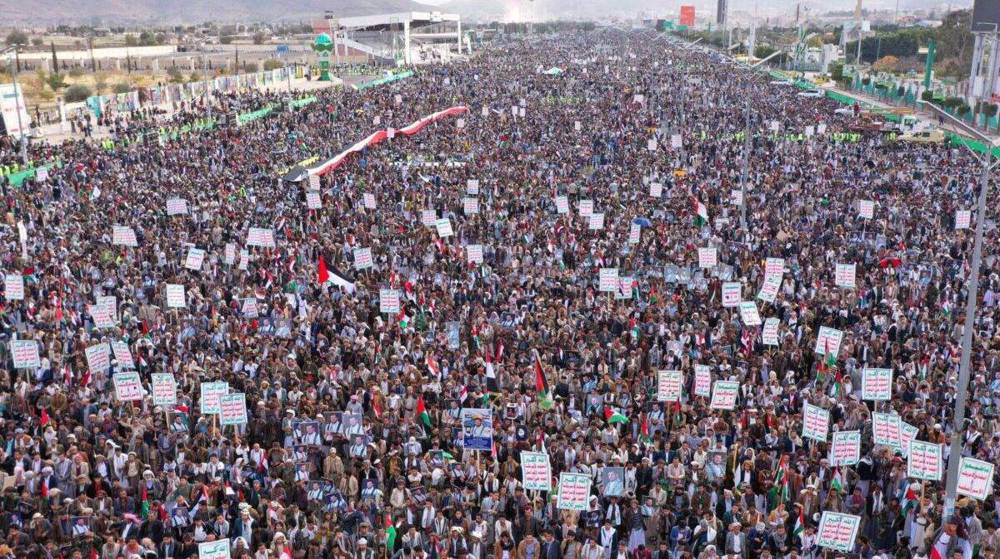
Demonstrators call on the armed forces to intensify their operations in support of Palestine.
Yemenis endured nearly a decade of relentless West-backed, Saudi-led siege and aggression and their successive operations in support of Gaza highlight the ineffectiveness of deterrence equations.
Iraqi resistance against genocide
The Islamic Resistance of Iraq's operations in solidarity with the Palestinian resistance began shortly after Israel launched the carpet bombing of Gaza late last year.
Their initial targets centered on two primary objectives: US military bases in Syria and Iraq and Israeli military positions south of the occupied Palestine.
Although the strikes on Israeli targets were initially limited, this year marked the inception of a broader strategic approach with the Iraqi resistance carrying out operations in collaboration with other resistance movements, including the Yemeni resistance.
Iraqi resistance this year significantly stepped up its strikes on Israeli targets in northern and southern occupied territories, employing sophisticated weaponry including drones and Al-Arqab cruise missiles.
Since March, they have often coordinated operations with Yemeni military forces, targeting Israeli ships, the key Mediterranean port of Haifa, and other critical infrastructure.
One of the most significant operations conducted by the Iraqi resistance occurred on October 4, when a military base in the northern Golan Heights was struck. This incident resulted in the deaths of two Israeli regime soldiers and injuries to 24 others from the elite Golani Brigade.
Currently, the Iraqi resistance is focusing its efforts on carrying out more frequent and intense strikes on Israeli-occupied territories, with a particular emphasis on northern areas. In doing so, they are introducing advanced drones and weaponry into the conflict.
According to experts, Iraqi resistance aims to solidify its position within the Axis of Resistance. This alliance is committed to maintaining unity among regional forces opposed to Israel and thwarting any attempts by external forces, especially the US, to divide and weaken their collective efforts.
As resistance groups act in unison to challenge Israel and its Western backers, the regime is facing a more crippling blow to its deterrence capabilities, pushing it further towards annihilation, say analysts.
The year 2024 will be remembered for the Axis of Resistance and the way it paved the ground for the imminent annihilation of the child-murdering apartheid regime in Tel Aviv.
Yemen warns US, Israel: Welcome to 'big hell'
VIDEO | Yemen’s Ansarullah leader highlights US, Israeli failure in Yemen
Iran will continue 'all-out support' for Resistance Front: Ambassador
VIDEO | Iran's Leader speech on Martyr General Qassem Soleimani
Israel kills dozens ahead of emergency UN meeting on Gaza
Palestinian testimonies reveal horrific abuses in Israeli prisons
PMU chief: Victories in fight on Daesh indebted to Gen. Soleimani
VIDEO | Unscripted: Interview with Mohammed al-Bukhaiti


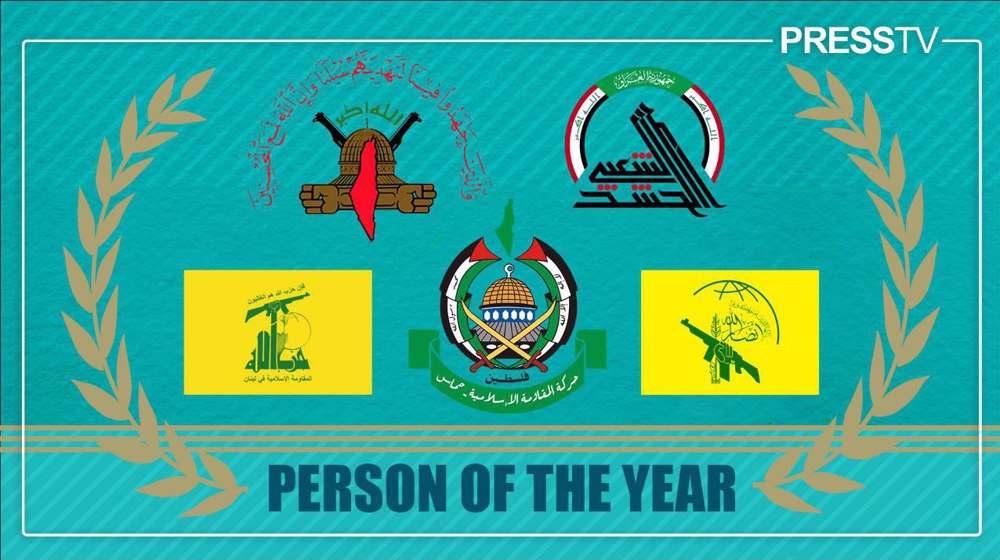
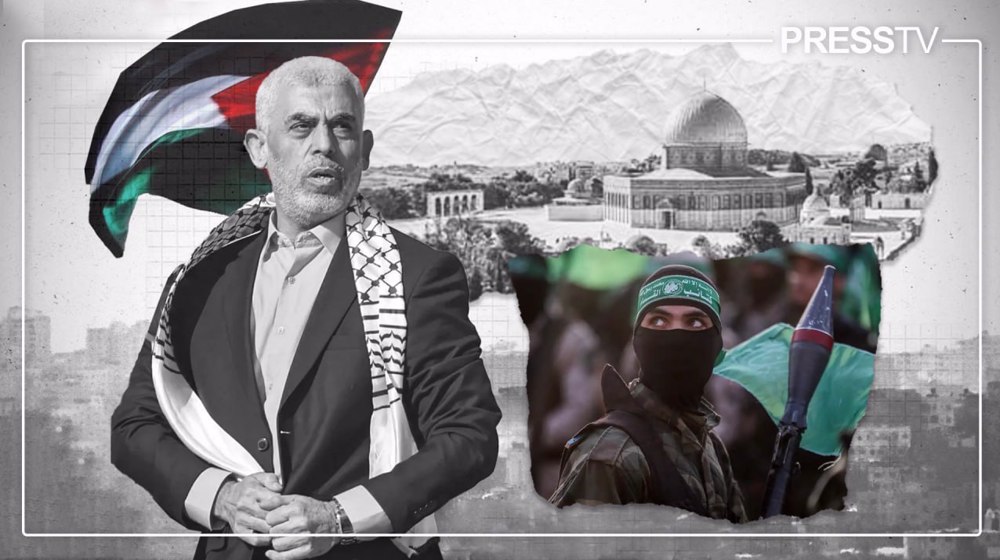
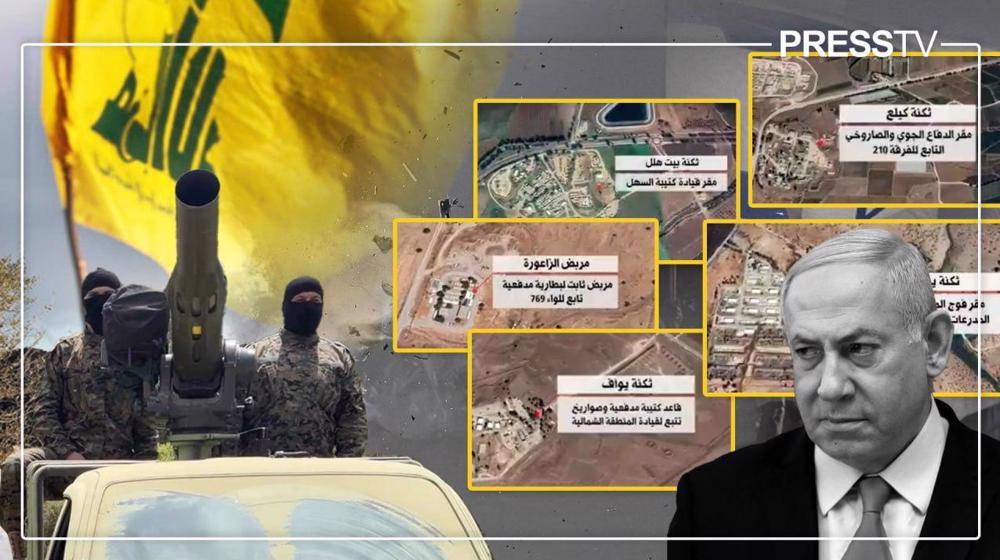
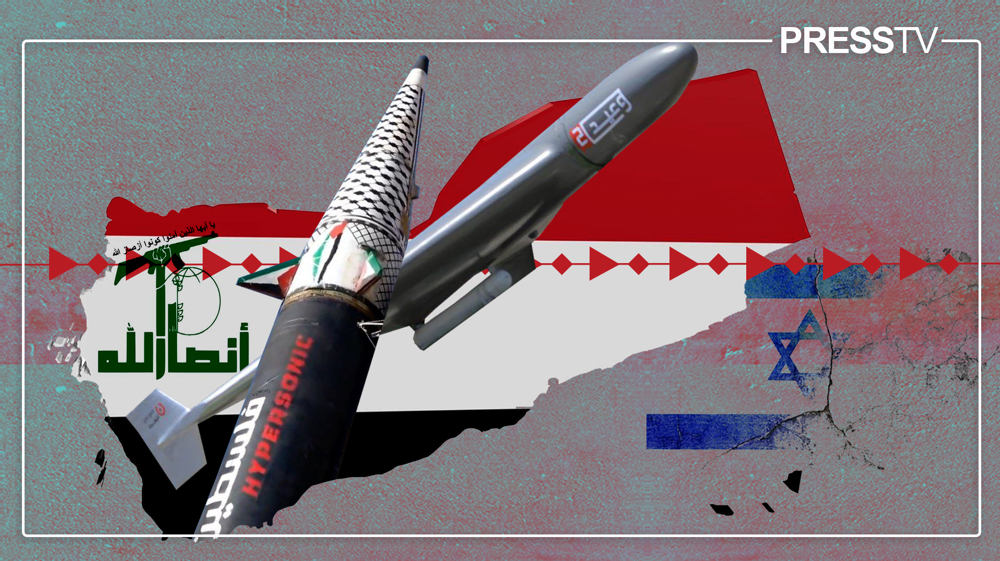
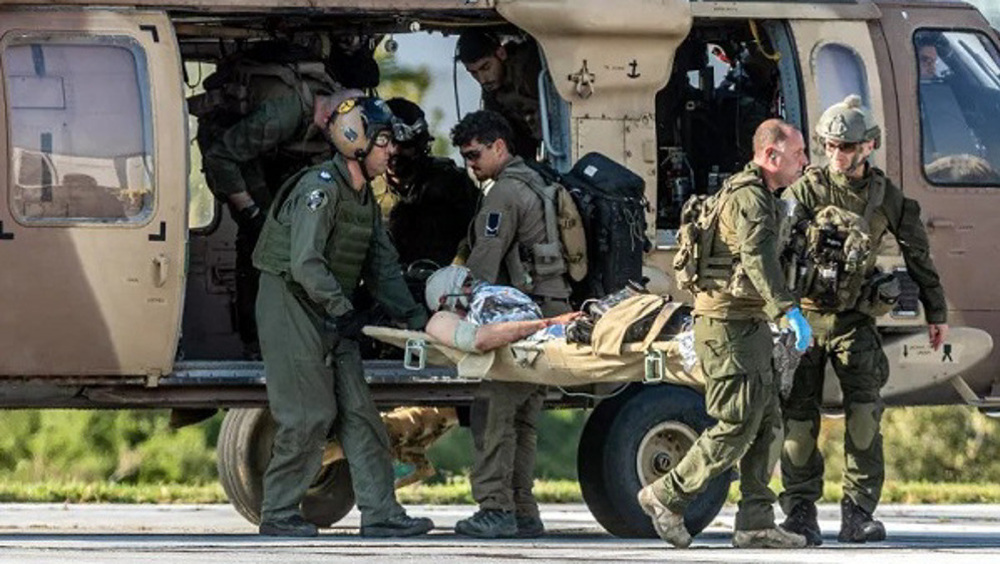
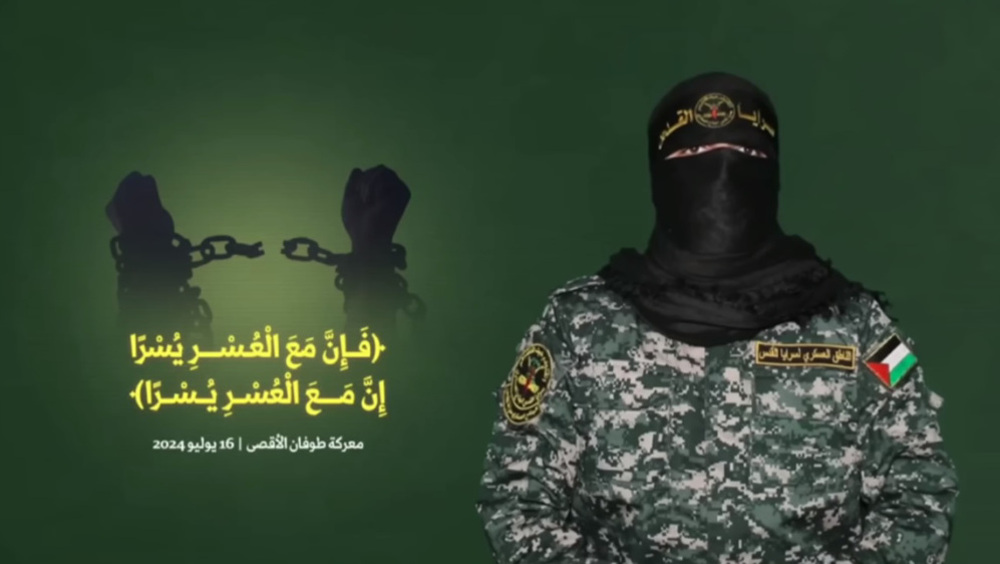
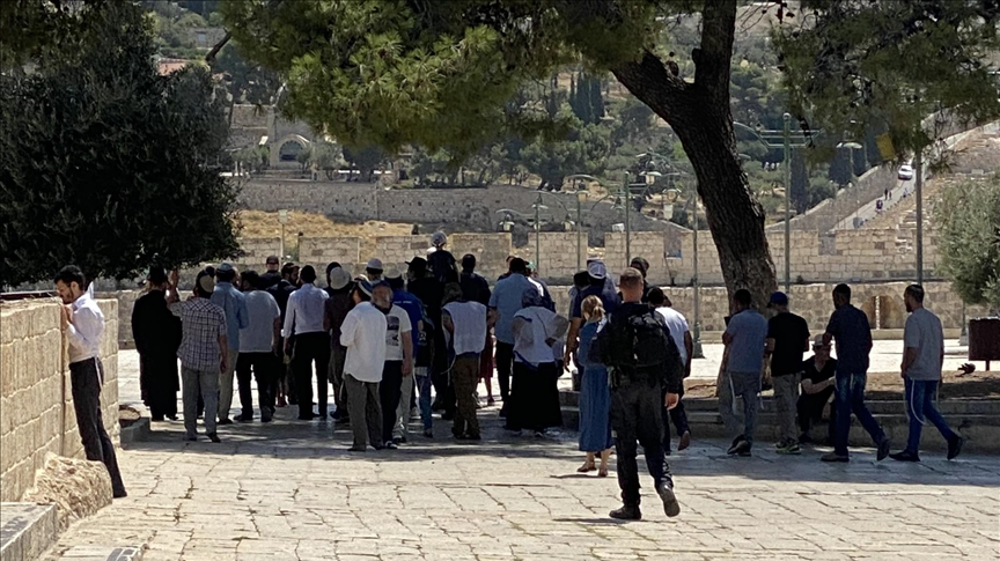




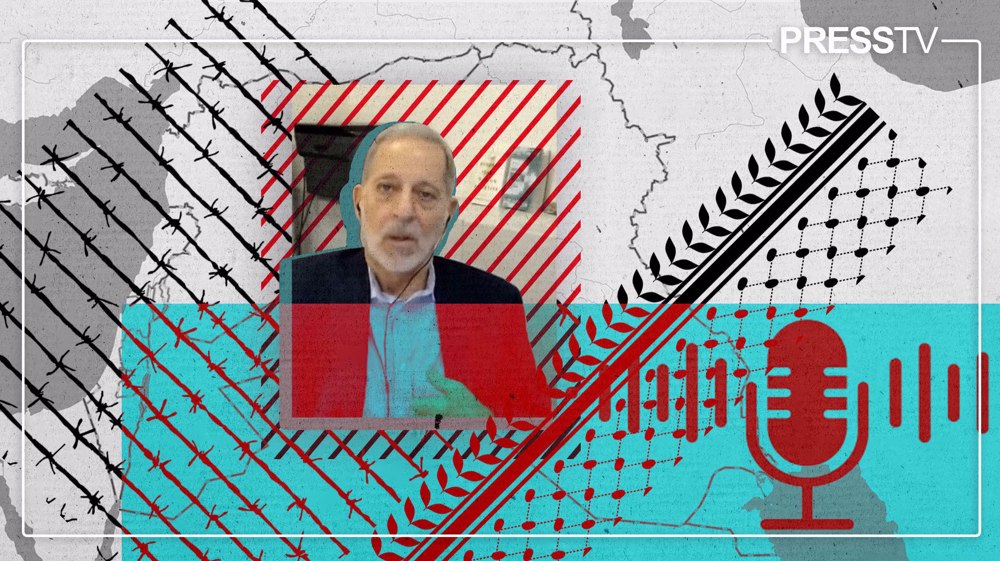
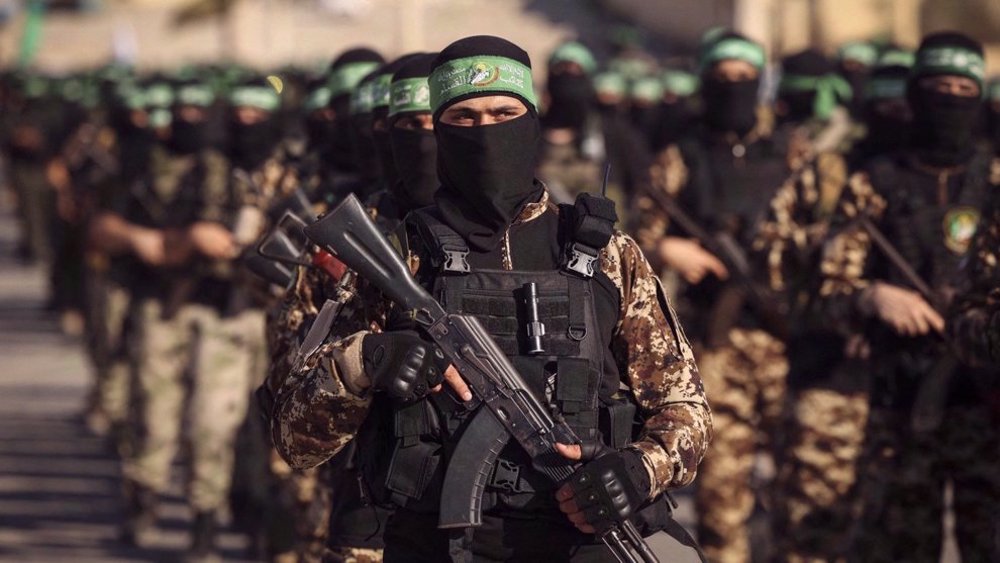
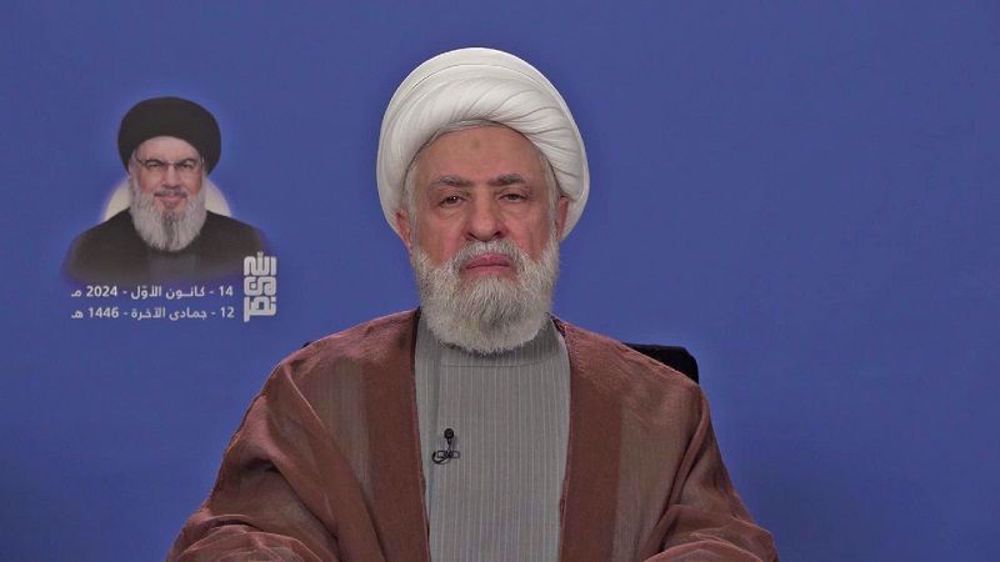


 This makes it easy to access the Press TV website
This makes it easy to access the Press TV website